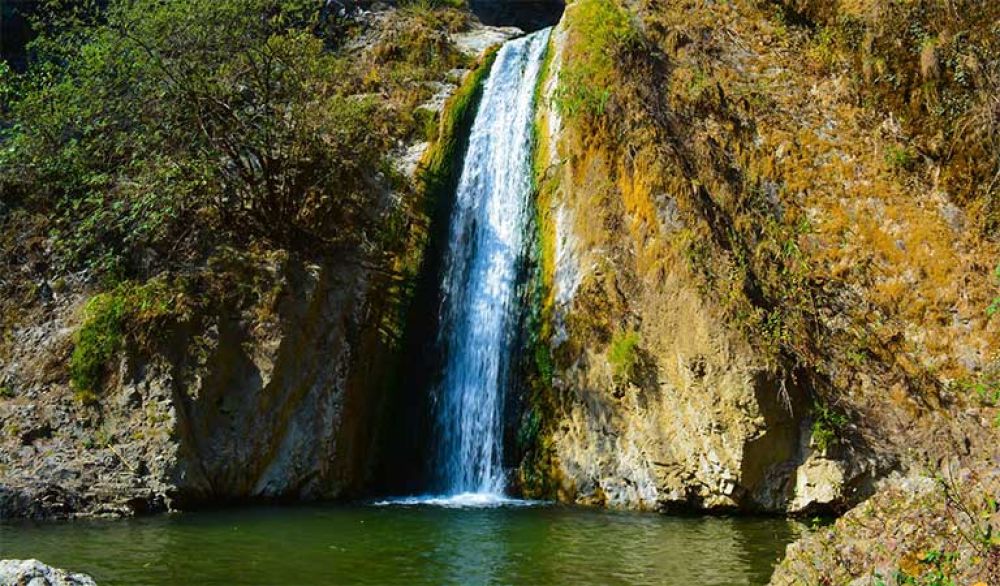

Mussoorie, often referred to as the 'Queen of the Hills', is a charming hill station located in the Dehradun District of Uttarakhand, India. It has been a beloved tourist destination since the British colonial era. The town's picturesque setting in the Garhwal Himalayan range, its cool climate, and its lush greenery have been attracting travelers, honeymooners, and nature enthusiasts from all over the world for over a century.
The history of tourism in Mussoorie can be traced back to the early 19th century when it was discovered by a British military officer, Captain Young, in 1820. He was captivated by the enchanting beauty of the region and established it as a hunting ground and a summer retreat for British officials seeking respite from the heat of the Indian plains.
As word of this idyllic spot spread, Mussoorie quickly became an exclusive resort town. Structures like the Mall Road, Christ Church (established in 1836), and various hotels and bungalows were constructed to accommodate the growing influx of visitors. By the late 19th and early 20th centuries, Mussoorie had cemented its position as a premier hill station of India.
Jharipani Falls is one of the many natural attractions that adorn the landscape of Mussoorie. Situated around 6 kilometers from the town center, these falls are a spectacle of natural elegance and tranquility. The falls are accessible by a motorable road, followed by a short trek, which unveils the cascading water against a backdrop of lush greenery.
Though not as widely known as the town's other attractions like Kempty Falls or the Mussoorie Lake, Jharipani Falls offer a serene experience to those willing to make the slight detour. This hidden gem is perfect for picnics, casual hikes, and soaking in the beauty of untouched nature.
In recent years, the advent of social media and digital marketing has greatly influenced tourism trends in destinations like Mussoorie. Travelers are increasingly seeking out offbeat and Instagram-worthy experiences. Eco-friendly travel and sustainability have also gained prominence, with tourists showing a preference for accommodations and activities that have a minimal environmental impact.
Adventure tourism has been on the rise, with offerings like zip-lining, rock climbing, and paragliding. Meanwhile, wellness tourism centred around yoga and meditation is becoming popular, leveraging the region's peaceful ambience.
In the age of personalized experiences, many visitors to Mussoorie are choosing boutique hotels and homestays over traditional hotel chains, seeking authentic and local experiences, which include local cuisine tasting, and cultural tours.
Mussoorie continues to be a beloved destination for tourists seeking the natural charm and cool climate of the Himalayas. With its evolving tourism offerings, it remains a spot that blends the historical with the contemporary, making it a fascinating study in tourism trends and history.